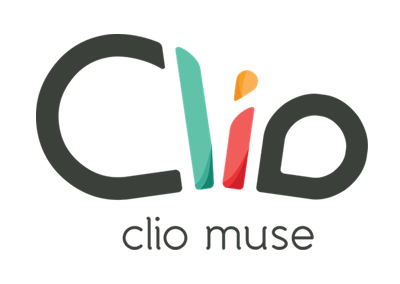
The beginning of the pogrom
Начало погрома
Place of the beginning of the Chisinau pogrom: Cuflin Church, silent witness to the tragic events of April 6-7, 1903In the center of the square is a monument to the liberation of Moldova from the German fascist invaders - a 20-meter high pylon in white stone with a figure of a woman personifying the Victory, and next to it, a sculpture of a Soviet soldier with a sword in his hand. The authors of the monument are sculptors you already know, ethnic Jews, Dubinovsky and Epelbaum.Ahead across the street you see the main building of the Academy of Sciences of Moldova (1951, arch. V.P. Mednek and A.S. Vedenkin). Many Jewish scientists have worked here, making many outstanding discoveries, and some continue to do so today.Before the Academy, the dominant square and one of the main points of our Jewish tour, Cufla Church is clearly visible.It was from here, above Cufla Church, that the infamous Chisinau pogrom of 1903 began.The Cufla Church (1858, arch, arch. Luca Zaushkevich), now turned into a convent of the Moldovan-Chisinau Metropolitan Church of the Russian Orthodox Church, is the only remaining significant 19th-century structure in the district. She is a mute witness to the tragic events of April 6-7, 1903, which could tell much to posterity. It was the last day of Passover and the first day of Passover.Two months before the pogrom in the small town of Dubasari, a 14-year-old boy, Mikhail Rybachenko, disappeared and then was found murdered. The only daily newspaper in Chisinau, Bessarabets, led by the well-known anti-Semite Pavelache Crushevan, began discussing the possible ritualistic background to the murder. There was speculation that the teenager had been kidnapped for the purpose of using his blood to make matzoh. Meanwhile, a rumor spread in the city that the king had personally issued a secret decree authorizing the robbery and beating of Jews for three days after Passover. A week before the holiday, flyers appeared in public places in the city that repeated the anti-Semitic slander printed earlier in "Bessarabz."On April 6, the crowd cheered after the holiday church service was over. The lumpen, the majority of whom were drunk, heard the call, "Beat the Jews!" Allegedly the Jewish owner pushed a woman off the merry-go-round, injuring her. In their drunken exhilaration, no one bothered to realize that both merry-go-rounds on the square belonged to Christians and, moreover, that they were both not working that day. The first stones were thrown through the windows of nearby Jewish homes. The first major destruction was the Feldman House, which was located on the site of the present abandoned hotel. From here the dazed crowd, in several groups, moved toward the center of the city, toward the Central Market, in the opposite direction to the way we came here.In various parts of the city, numerous parties of laborers, 15 to 20 men each, began to smash Jewish shops, houses and dwellings, breaking and destroying the property that was there. The Jewish houses of worship were completely destroyed and the Torah scrolls were thrown out into the street in tatters. At 5:00 on April 7, it was announced that the "order" so eagerly awaited by the Jews from the first day had finally been received... In an hour or an hour and a half calm was restored throughout the city. The authorities arrested over 800 rioters, about 300 of whom were put on trial behind closed doors. Some were sentenced to various terms of hard labor and imprisonment. Some of the rioters were acquitted.The Kishinev pogrom had a great public resonance in early 20th century Russia, Europe, and America. This is the story of this tragic event in a nutshell.We go up Street Ciuflea. Ciuflea and before reaching the Hypermarket, turn right to Bucharest Street (str.Ciuflea). Bucharestskaya (str. The stadium is a stadium in Bucuresti, along which we walk along the wall of the former Republican Stadium, looking at the graffiti, we reach the intersection with Str. We go around the stadium and go up one block to the intersection with Alexis Szczusieva Street. The stadium is a stadium of the same name. Our stop number 11 is the Sennaya Synagogue, 5 Shchuseva Street. .





